Don't Toss Them: 10 'Bad' Vegetables That Are Actually Kidney Superstars
Let’s be honest—so many of us have banished certain vegetables from our kitchens, convinced that they’re either too starchy, too gassy, or just plain “bad” for us. Maybe you’ve been told white potatoes are an indulgence best left off your plate, or that nightshades like tomatoes will do more harm than good. It’s easy to let old food myths keep us from enjoying a rainbow of produce, especially when we’re trying to take good care of our kidneys. But here’s some heartening news: many vegetables once unfairly maligned are not only safe for most people, but actually have powerful benefits for kidney health when prepared and enjoyed mindfully.
1. White Potatoes: Poor Reputation, Surprising Kidney Support
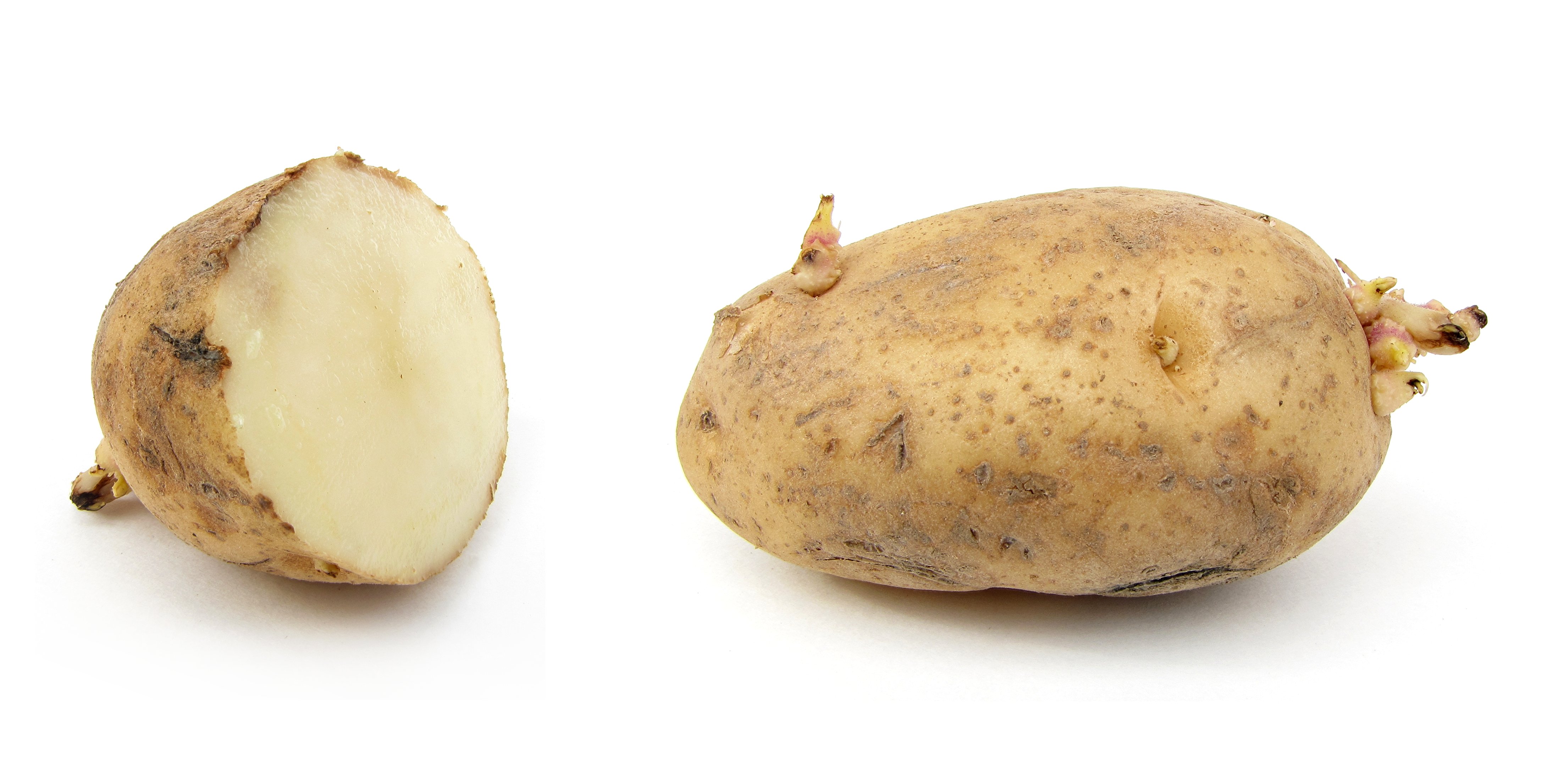
It’s hard to think of a vegetable more misunderstood than the classic white potato. Too often, it’s dismissed as an unhealthy starch, best enjoyed rarely—if at all. But that reputation is based more on how we prepare potatoes (think fries and chips) than on the nutrition locked inside their humble skins. When baked or boiled and eaten with the skin, white potatoes offer impressive potassium and vitamin C content, both supportive of normal kidney function and fluid balance. They’re also a good source of fiber, which can help slow the absorption of sugars and promote steady energy—key for metabolic health and, in turn, kidney wellness. For those with advanced kidney disease, potassium intake may require careful management, but for most people, enjoying a moderate serving of baked potato—with minimal salt and plenty of herbs—gently supports hydration and nutrient replenishment. Swapping fried forms for oven roasting, leaving the skin on, and pairing with non-starchy veggies lets you savor their natural goodness, guilt-free. Instead of tossing those spuds, give them a simple second act alongside your favorite lean proteins and greens.
2. Sweet Potatoes: Carb Myths, Kidney Benefits
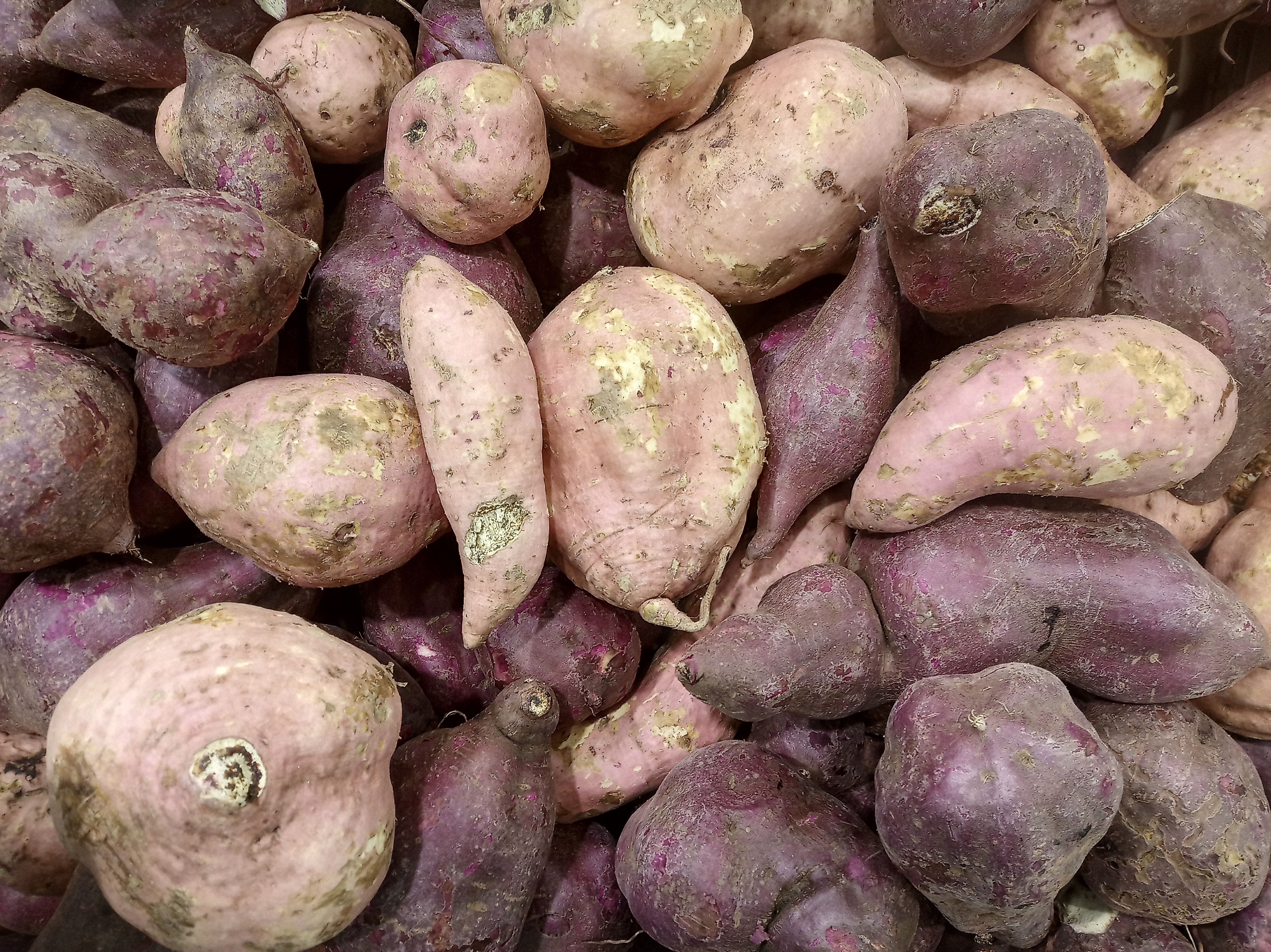
Sweet potatoes often get lumped in with “forbidden” carbs, but they’re not just a holiday treat. Their natural sweetness and vibrant flesh signal what’s inside—fiber, vitamin A, potassium, magnesium, and antioxidants, all of which help support kidney and cellular health. The fiber helps regulate blood sugar spikes and supports healthy digestion, while potassium can actually help the kidneys maintain a healthy balance of fluids and electrolytes. Not all portions are created equal—baking, steaming, or roasting sweet potatoes brings out their flavor without adding extra calories, and small servings fit nicely into a balanced meal. The natural carb content shouldn’t scare you off; it’s about portion and preparation, not perfection. Sprinkle with cinnamon or cumin, or try them diced in a veggie hash for a comforting, nourishing side. For many, sweet potatoes are not just safe, but a deeply satisfying kidney ally.
3. Tomatoes: Nightshade Nonsense, Renal Ally
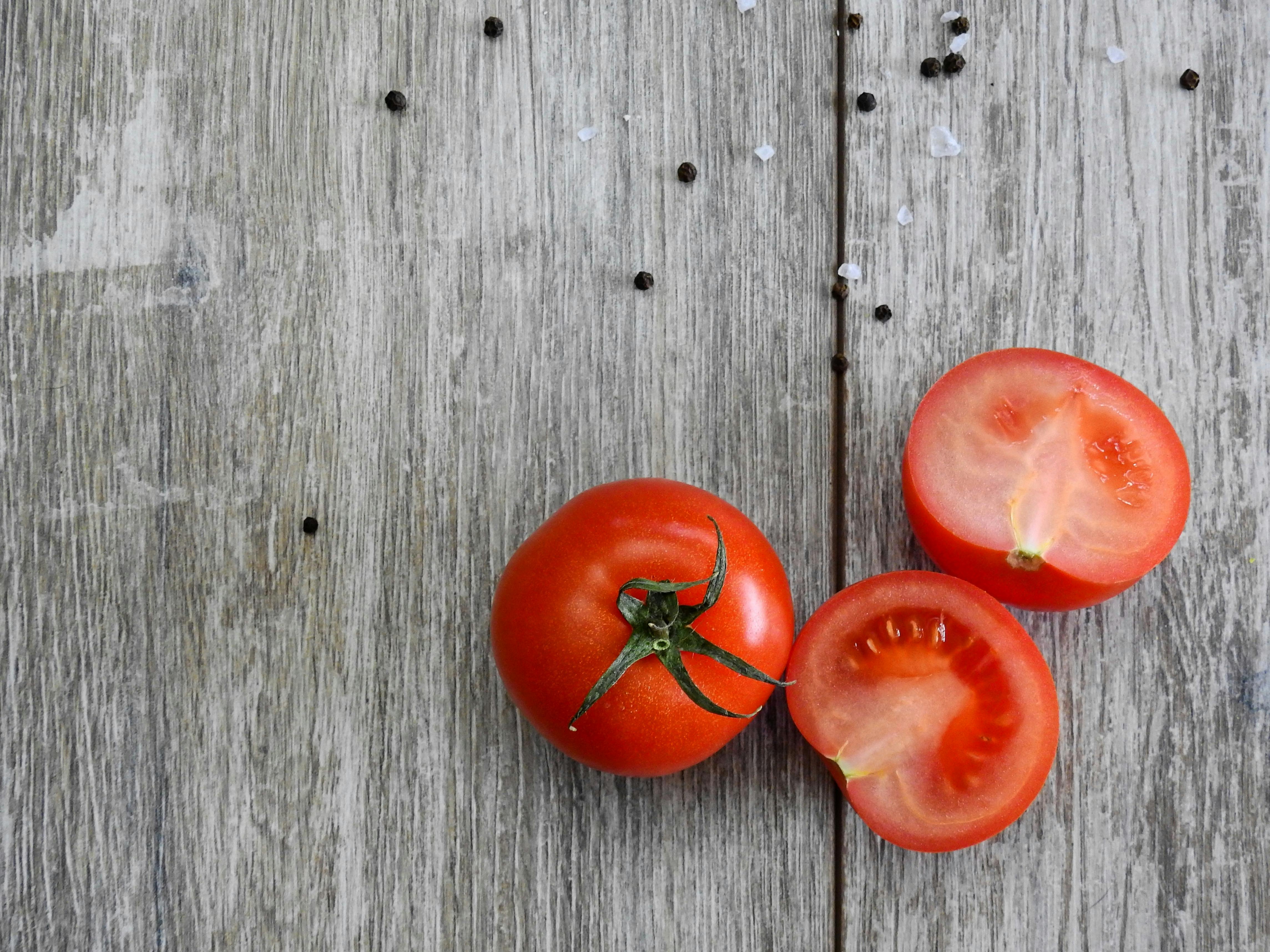
Tomatoes have earned their share of doubters, mostly due to their status as nightshades and stories about their acidity. Some worry that tomatoes are inflammatory or hard on the kidneys, but science tells a friendlier tale. Bursting with hydration, vitamin C, and the antioxidant lycopene, tomatoes actually help cool inflammation and protect delicate kidney tissues from oxidative stress. Lycopene, in particular, has been shown to support the health of cells throughout the body, including within the renal system, while encouraging a balanced inflammatory response. Preparing tomatoes raw for salads, slicing for sandwiches, or simmering into homemade sauces unlocks their nutrients and brings fresh flavor to your plate. If you’ve skipped tomatoes due to acid fears, try pairing them with a drizzle of olive oil or mild goat cheese—they’ll feel gentler yet just as vibrant. For most kidneys, tomatoes are a welcome ally, especially when enjoyed as part of a colorful, produce-rich diet.
4. Spinach: Oxalate Overworry, Real-World Benefits
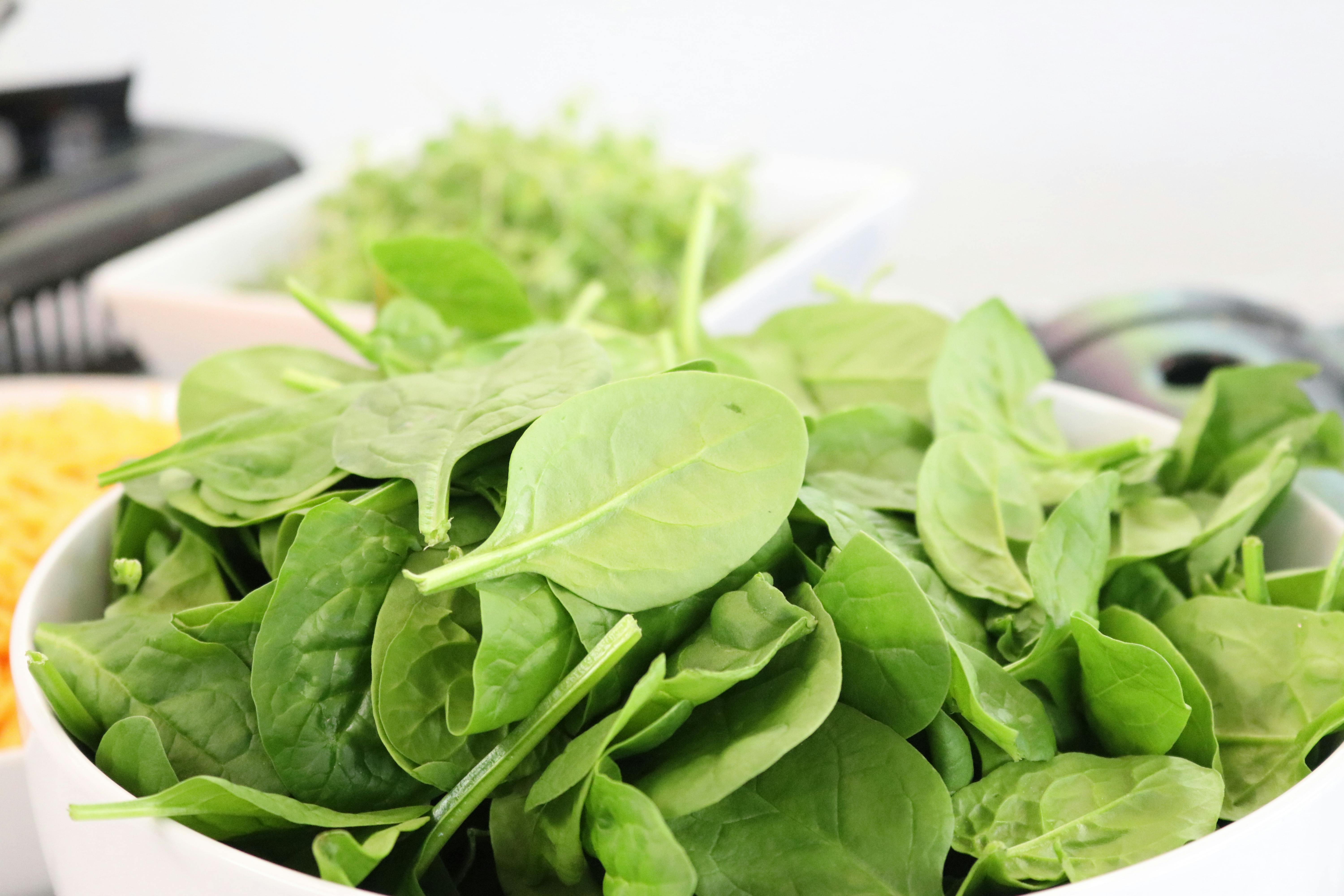
Spinach sometimes lands on the “don’t eat” list because it’s high in oxalates—compounds that, in large amounts, could increase kidney stone risk for susceptible individuals. But for people without a history of kidney stones, spinach is a nutrient powerhouse, packed with iron, folate, magnesium, plus vitamins A and K. Its high fiber content supports healthy digestion and can gently help your kidneys process waste. Moderation is key if you’re sensitive, but for most, including a modest serving of spinach a few times each week is a smart way to deliver concentrated nutrients. If you’re still concerned about oxalates, consider blanching spinach in hot water before eating or blending it into smoothies—these steps can lower oxalate concentration without sacrificing valuable nutrition. The key is variety; rotating spinach with other leafy greens not only reduces risk but brings delicious new flavor into your meals. Spinach’s reputation doesn’t need to overshadow all its gentle, kidney-friendly potential.
5. Broccoli: Bloat Fears, Detox Powers
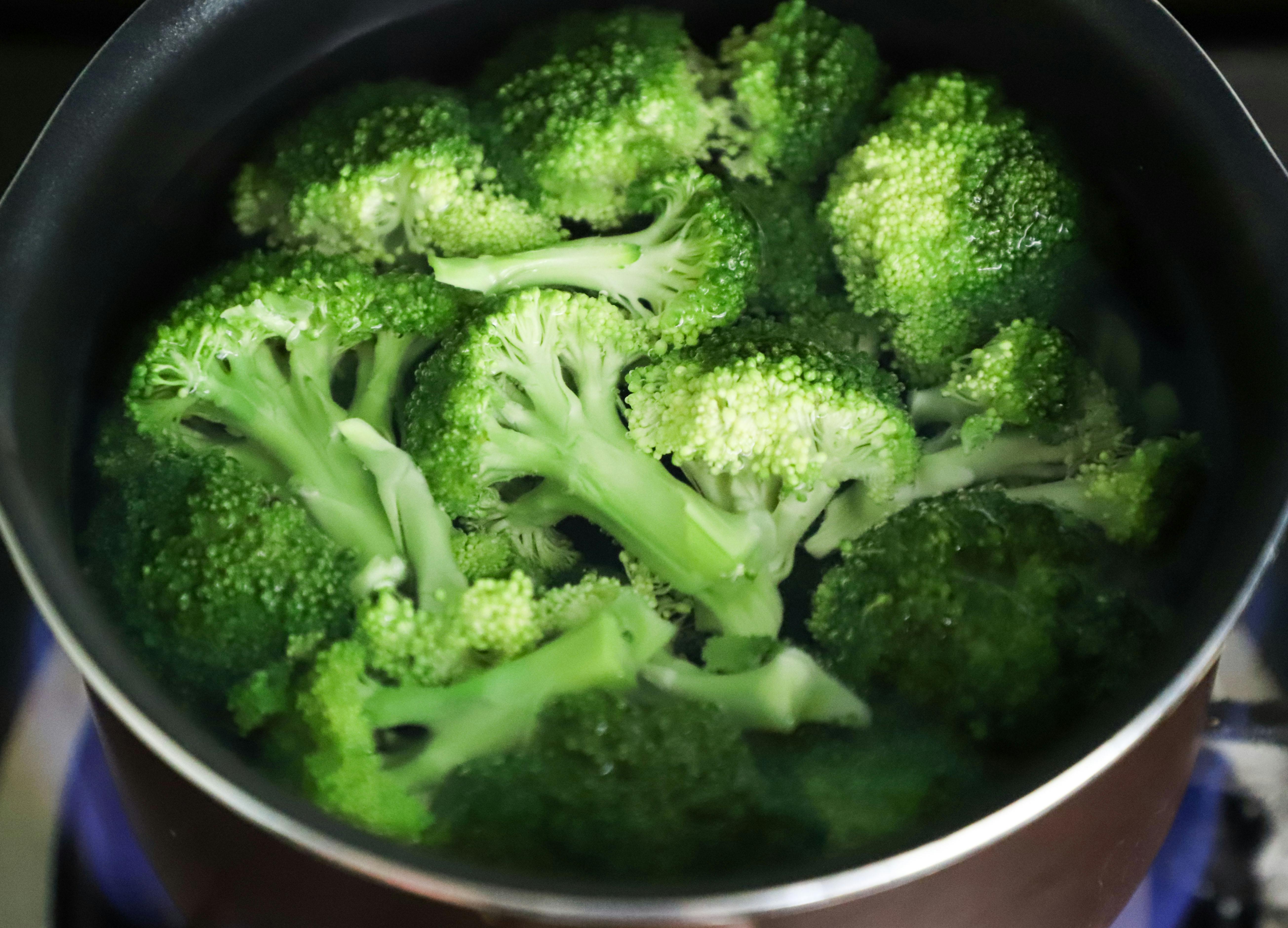
Broccoli sometimes gets skipped for fear of bloating or digestive upset, but this green vegetable has powerful detoxification benefits. Its standout compound, sulforaphane, activates the body’s natural cleansing systems, helping both the liver and kidneys filter out waste products. Broccoli is also loaded with fiber, vitamin C, and plant-based iron, all of which play roles in reducing inflammation and supporting overall kidney health. For even the most sensitive stomachs, gently steaming broccoli softens its tough fibers and brings out its natural sweetness—without drowning it in heavy sauces. Want more crunch? Try roasting florets in a hot oven for caramelized flavor, tossed with lemon zest and a sprinkle of herbs. Broccoli proves that “gassy” vegetables aren’t the enemy—they’re often just looking for a gentler introduction to your dinner plate.
6. Cauliflower: Bland Reputation, Protective Power
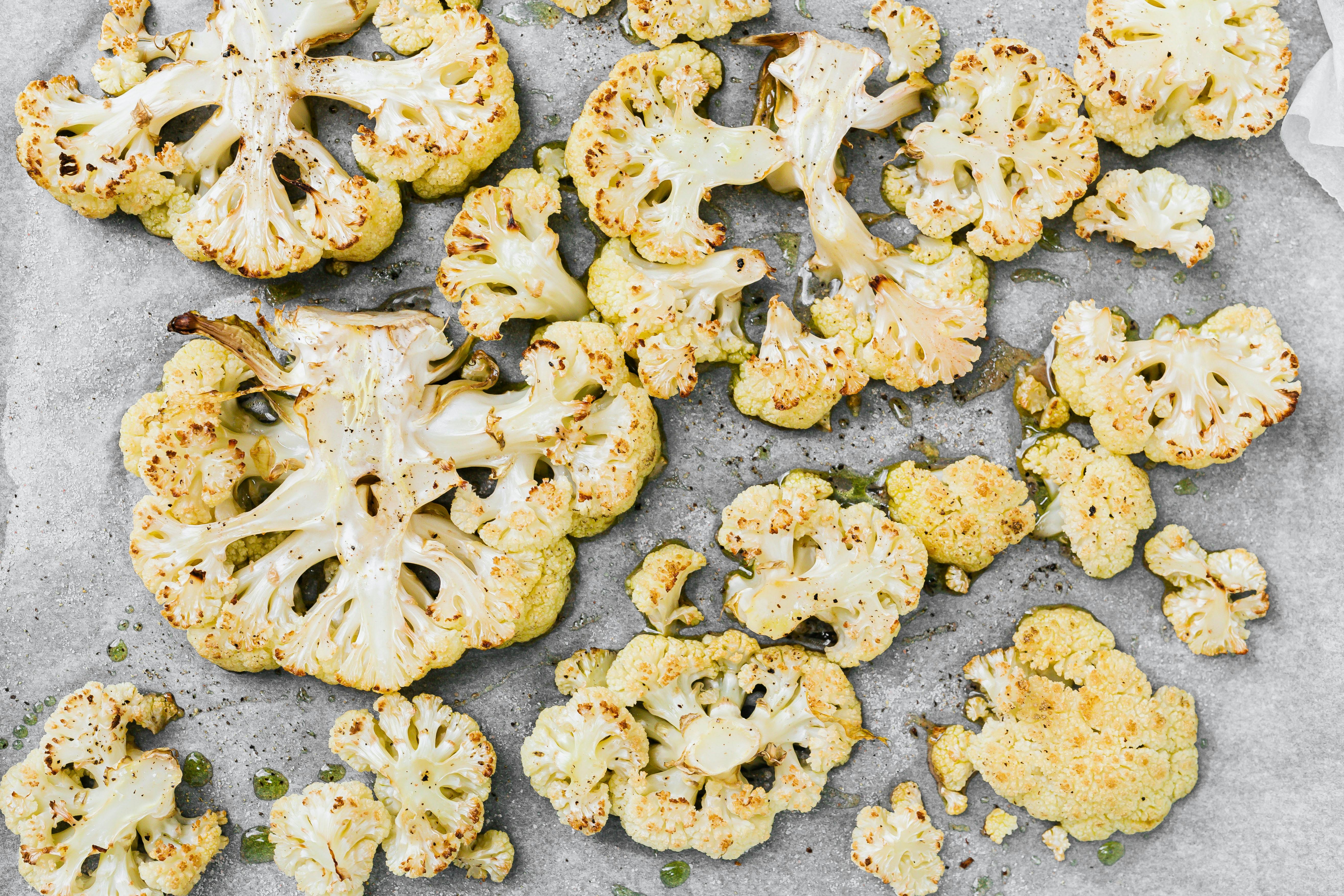
Cauliflower may earn a yawn thanks to its pale color and mild taste, but this veggie is so much more than a bland side dish. Underappreciated for its anti-inflammatory powers, it’s rich in vitamin K, vitamin C, and choline—nutrients that offer protection for kidney cells and help curb oxidative stress. Unlike vegetables high in potassium, cauliflower is gentle for the kidneys and naturally low in this mineral, making it a smart staple for those mindful of potassium intake. Transform raw cauliflower into something crave-worthy by roasting with olive oil and your favorite herbs, or blitzing into cauliflower rice for a low-carb, high-fiber alternative. You can even mash it for a creamy, comforting substitute to potatoes. By giving cauliflower a place on your plate, you’ll add a gentle, protective boost to your kidney routine.
7. Eggplant: Nightshade Drama, Nutrient Saver
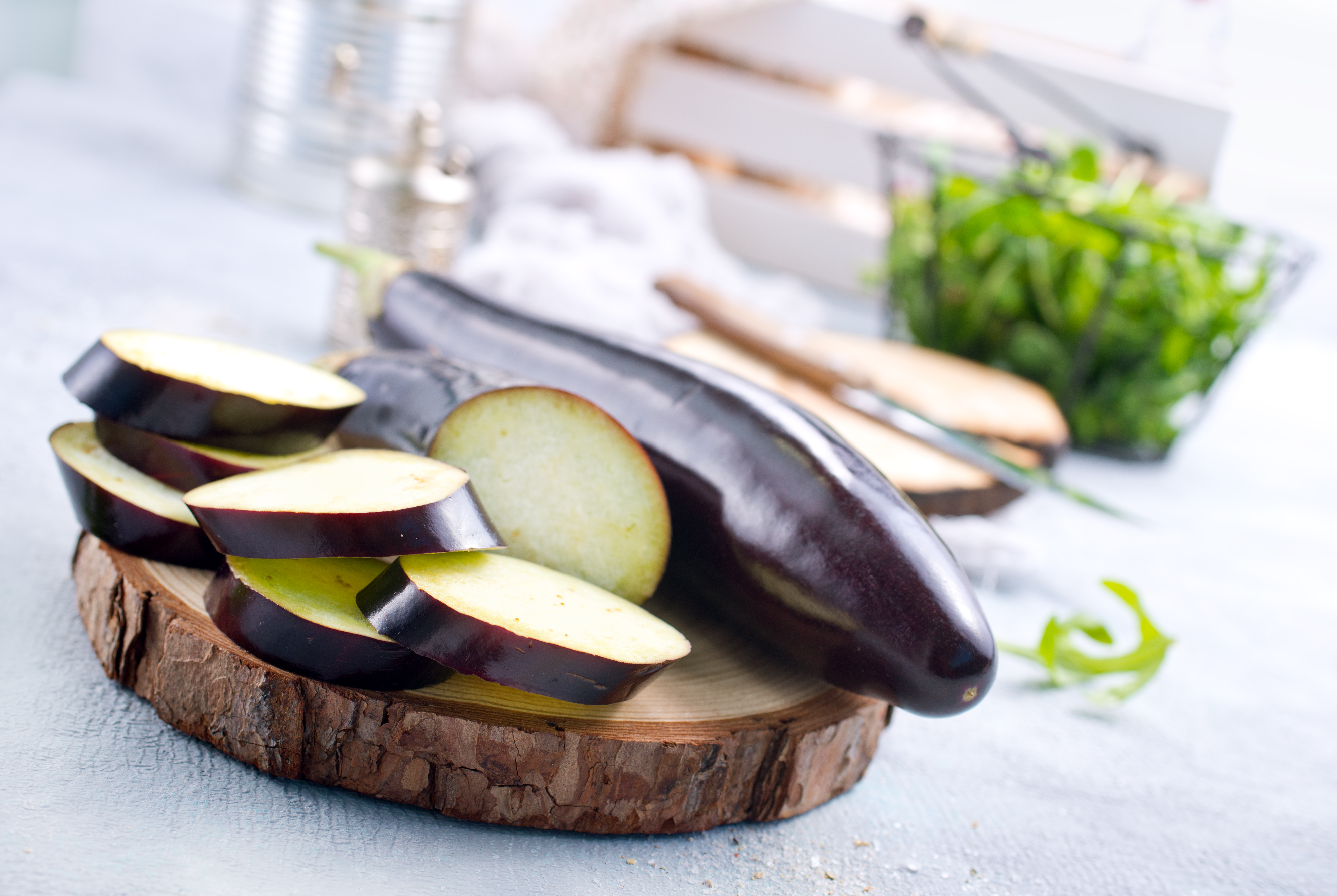
Eggplant sits at the center of “nightshade controversy,” often guilted out of kidney-friendly menus due to its slightly bitter flavor or rumors about aggravating inflammation. But here’s a fresh perspective: eggplant delivers fiber and nasunin, a unique antioxidant that helps shield cell membranes—including those in kidney tissues—from oxidative damage. Its naturally low calorie count and satisfying texture make it easy to love, with benefits that include supporting the body’s ability to filter and clear waste. The bitter taste can be tamed by salting slices before cooking, and baking or grilling brings out its mellow creaminess and beautiful color. Whether you layer eggplant in a rustic bake or dice it for stir-fry, you’ll unlock its kidney-friendly goodness with every bite.
8. Bell Peppers: Acid Myths, Colorful Kidney Boost

Bell peppers sometimes raise eyebrows for being “too acidic,” but they’re actually one of the gentler, most kidney-supportive options available. Their bright skins signal a treasure trove of antioxidants, especially vitamin C, and most varieties are low in potassium—great for those who need to limit their intake. The antioxidants in bell peppers may help shield kidney tissues from damaging free radicals and lower some types of inflammation. Bell peppers can be enjoyed raw for a satisfying crunch, or lightly roasted to draw out their signature sweetness. Try adding them to salads, homemade salsa, or as black bean dip scoops. These colorful veggies brighten both your meal and your kidney health outlook.
9. Kale: “Goitrogenic” Concerns, Leafy Lifeline
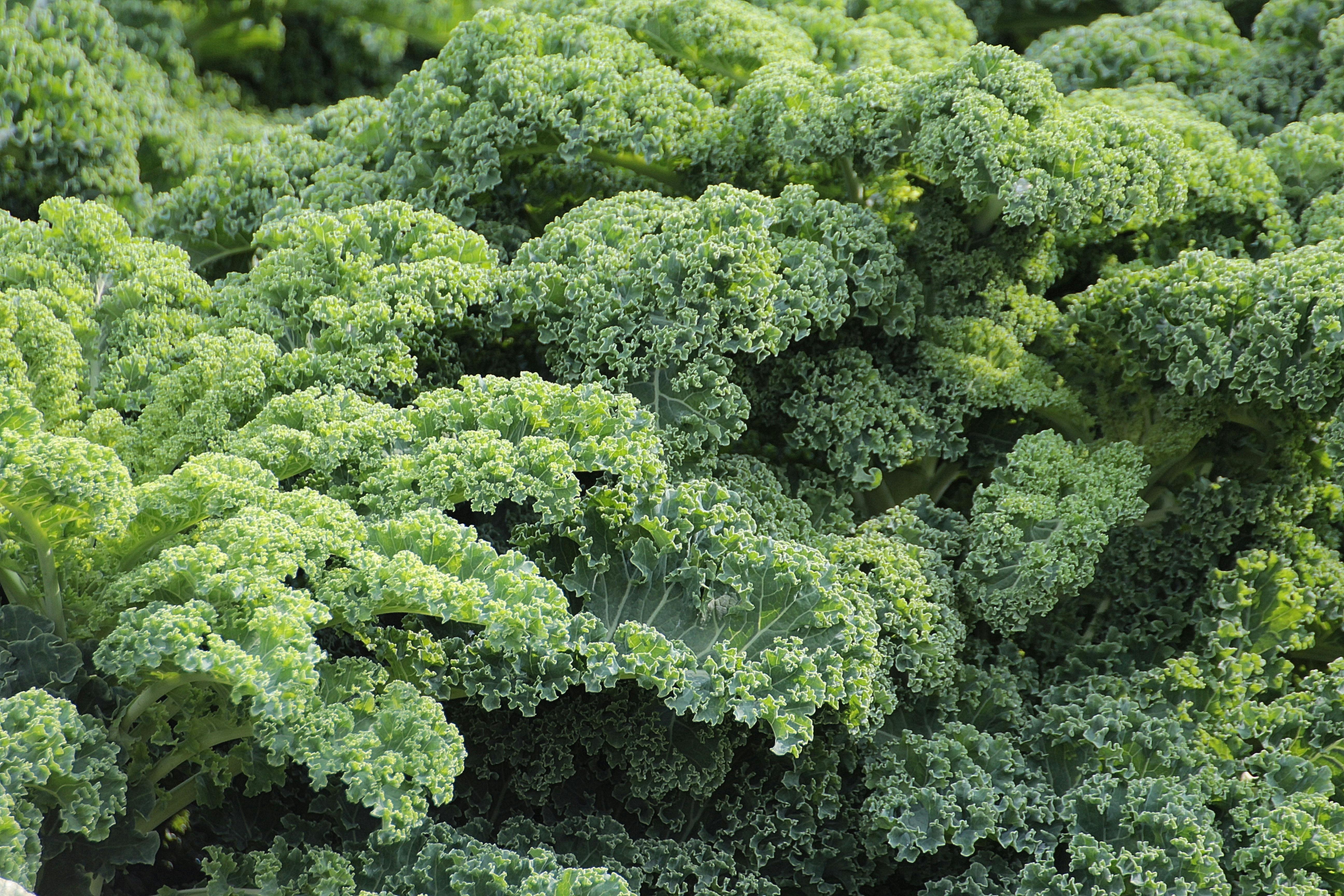
Kale’s reputation swings between health superfood and “goitrogenic” risk for the thyroid and kidneys. The truth lies somewhere in the middle; unless eaten in enormous, raw quantities daily, kale’s benefits far outweigh any risk for most. It’s packed with calcium, potassium, vitamin K, and fiber—nutrients that nurture renal, bone, and vascular well-being, while supporting hydration and gentle digestion. Massaging kale leaves with olive oil or lightly sauteeing breaks down tough fibers and makes it easier to digest. Rotating kale with other greens ensures variety and provides a rich mix of wellness-promoting compounds for your kidneys. Far from a risk, kale can become a supportive, joyful part of your eating routine.
10. Cabbage: “Boring” and Gassy, Real Renal Reset
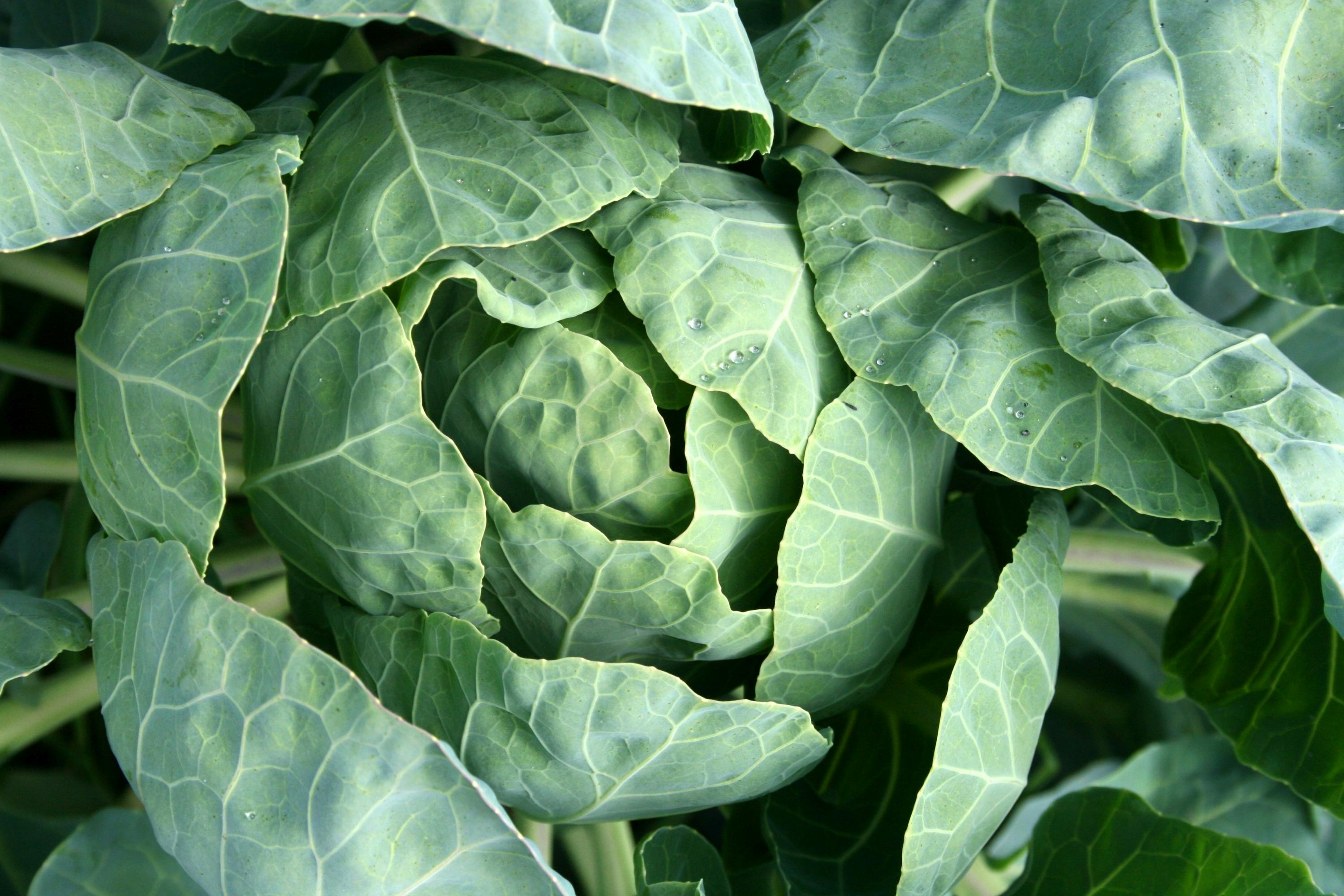
Cabbage rarely gets the attention it deserves, often overlooked as bland or avoided out of “gas-causing” fears. Yet this simple vegetable is refreshingly low in potassium and high in plant-based antioxidants that help soothe inflammation and support the body’s natural detox pathways—including those critical for kidney health. With supportive fiber for digestion, cabbage can gently help ease your kidneys’ workload without sacrificing flavor. Try it finely shredded as a crisp slaw, sautéed with garlic and apples, or gently fermented into tangy kimchi. When you look past the plain exterior, cabbage offers a truly satisfying, kidney-supportive experience with every crunchy bite.
A New Chapter for “Bad” Vegetables—and for You
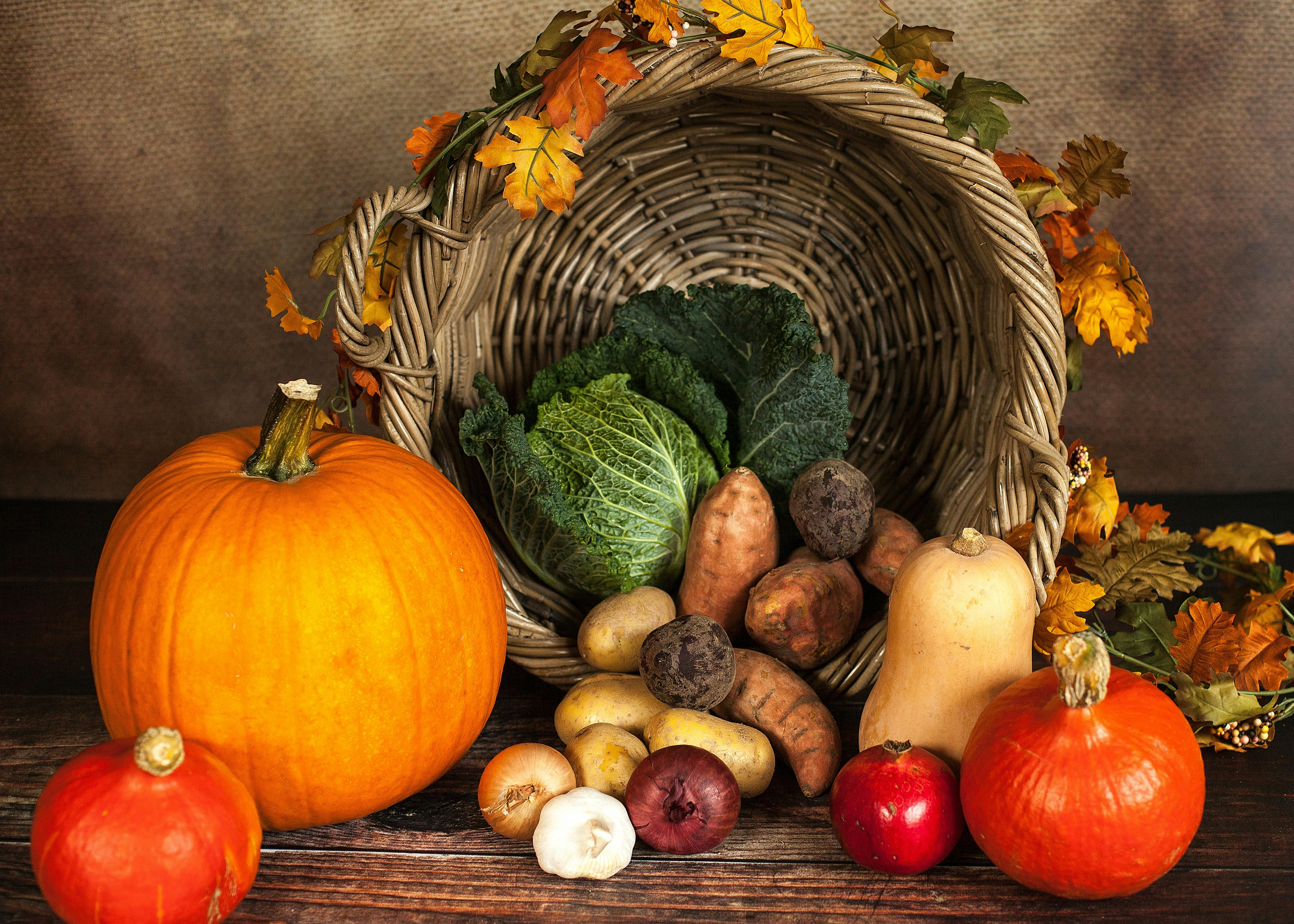
Giving these ten misunderstood vegetables a fresh start isn’t just about what lands on your plate—it’s about finding new confidence and creativity in your kitchen journey. When we release food myths and approach wellness as an act of self-care, suddenly meals become a place for joy and gentle progress. Each small taste of potato, a handful of spinach, or a colorful wedge of bell pepper is a way to honor the incredible work your kidneys do every day—without fear or unnecessary restriction. There’s freedom in discovering that enjoying variety is not only delicious but nourishing for your whole body. If you’re new to these veggies, try a single, small serving as a first step, savoring the flavors and noticing how your body responds. By making room for these kidney superstars, you’re not just supporting your renal health—you’re embracing the idea that wellness is a collection of simple, sustainable choices. And that’s something worth celebrating on every plate, at every age.